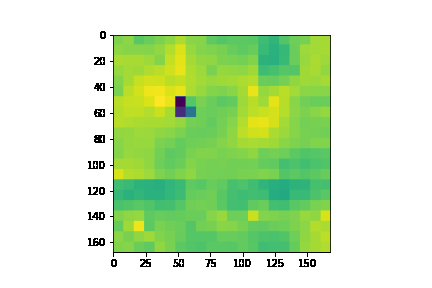Infinite Improbability Institute for Artificial Intelligence (i3AI)

i3AI is an independent research group dedicated to advancing the field of artificial intelligence by combining principles of biological cognition and machine learning. Our goal is to discover novel algorithms and architectures in order to build Conscious AI systems that have superhuman intelligence, are aware of their surroundings and have feelings.
Research Programs
Building Conscious AI systems is a multi-scale effort, spanning smallest building blocks to entire systems, milliseconds to entire lifetimes, covering the why, the what and the how. Most importantly, there needs to be a thread that connects and persists across all of these scales.
Accordingly, we have 3 large research programs that cover -
- core principles behind biological and synthetic cognition and consciousness (HTCC)
- how to architect Conscious AI systems (Cognitive Homeostatic Agents), and
- how to implement the core building blocks (Pattern Machine)
These programs are being executed over the current decade, with the goal of building a Conscious AI system by year 2030.
- 2021-25: Develop the Homeostasis Theory of Cognition and Consciousness (HTCC), Cognitive Homeostatic Agents (a prescription for building AI agents based on HTCC), and a proof-of-concept implementation of Pattern Machine architecture that can would as the core building block in Cognitive Homeostatic Agents
- 2025-28: Implement cognitive homeostatic agents using the pattern machine architecture to demonstrate general intelligence and consciousness, potentially at the level of a bee or a worm
- 2029-30: Scale up to human+ level
Homeostasis Theory of Cognition and Consciousness
The Homeostasis Theory of Cognition and Consciousness (HTCC) explores why organisms do anything at all, i.e. where the agency to act comes from and proposes that homeostasis is the core principle behind why and how we observe, think, feel and act. It expands the scope of homeostasis from the management of physiological variables to also include management of transient “cognitive homeostatic variables”, and gives a first-principle account of how cognitive capabilities such as planing, thinking and feeling are acquired by such cognitive homeostatic systems.
Core tenets:
- Cognition: The brain’s ability to instantiate arbitrary “cognitive” homeostatic variables on the fly, followed by the process of homeostasis to manage physiological and cognitive variables together is the core mechanism behind cognition.
- Consciousness: A cognitive homeostatic variable with a goal of persistent sense of presence and agency underlies the “self” process that is implemented using higher order representation of salient (homeostatic) system dynamics. As homeostatic state changes over time, so does the implementation of the “self” process. In other words, “self” does not merely observe these differences, but is actually implemented differently at different times. As a result, when queried, the self model reports being/feeling the corresponding homeostatic valences rather than merely sensing/observing them, and this underlies qualia.
Cognitive Homeostatic Agents
How can we build artificial agents of human-level or higher intelligence that can think, feel and act in the world? Cognitive Homeostatic Agents is a prescription for building such agents using the principles of HTCC. It describes desired characteristics of a core functional node and how to architect a network of such nodes to yield desired capabilities.
Core tenets:
- Treat cognition as the homeostasis of transient, grounded, but made-up cognitive homeostatic variables
- Cognitive homeostasis (of thoughts, goals, emotions, etc) uses neural machinery similar to that for physiological homeostasis (of body temperature, blood pressure, etc).
- Implement homeostasis as hierarchical, auto-associative recall and replay of favorable trajectories grounded on lower level homeostatic rewards
Pattern Machine

Pattern Machine describes how to build the core functional node used in the cognitive homeostatic agent architecture. Architecture and algorithms of the functional node are inspired by the so called common cortical algorithm that implements various functional capabilities across the neocortex in mammalian brains.
We have done several explorations and have gathered valuable insights into the pros and cons of various approaches. Currently, we are once exploring an architecture, that uses spiking neural networks - it seems that evolution ended up at a fairly optimal solution to satisfy not only biological but also computational constraints and requirements.
